Contact Links
Tuesday, June 16, 2020
Virtual Book Tour + #Giveaway: Once in a Blood Moon by Dorothea Hubble Bonneau @DorotheaBonneau @RABTBookTours
Date Published: June 11, 2020
Publisher: Acorn Publishing
Heaven Hill Plantation, upriver from Georgetown, South Carolina, 1807: Sixteen-year-old Alexandra Degambia is the daughter of a wealthy African American planter and a social-climbing mother who can pass for white. Balancing on the tightrope between girlhood and the complicated adult world of Low-Country society is a treacherous undertaking.
Early Reviews
Alexandra is a tenacious heroine who’s easy to root for, and the author elegantly articulates her precarious position between white and black society. Overall, this novel explores issues of equality and personal freedom in thought-provoking ways.
Sharp writing, an original plot, and a strong female protagonist make for an engrossing read.
-Kirkus Review
This tale of desperation, injustice and courage is a much needed addition to our grasp of our nation's history. A 5-star reading experience. Highly recommend!"
Laura Taylor – 6-Time Romantic Times Award Winner
Interview
with Dorothea Hubble
For
those of you interested in exploring the subject or theme of your
book, where should they start?
For
those interested in an in-depth understanding of the African American
experience in the United States of America, I recommend traveling to
the southern states and investigating tours and museums. I suggest
contacting Gullah Heritage and Educational Outreach, which
will put you in touch with Dr. Emory Campbell’s mind-opening
research that reframes America’s historical perspective to include
the African American experience.
Resources
I relied on for writing Once in a Blood Moon include:
Bagdon,
Robert Joseph. “Musical Life in Charleston, South Carolina from
1732 to 1776 as Recorded in Colonial Sources.: Ph.D. diss.,
University of Miami, 1978.
Banat,
Gabriel. The Chevalier de Saint Georges. (New York: Pendragon
Press (2006).
Baum,
Robert M. Shrines of the Slave Trade: Diola Religion and Society
in Precolonial Senegambia, (Oxford: Oxford University Press,
1999).
Berlin,
Ira, Slaves Without Masters: The Free Negro in the Antebellum
South (New York: Vintage Books, 1974).
Bland
Jr., Sterling Lacater. African American Slave Narratives.
Westport,Connecticut; London: South Carolina Press, 2001.
Blassingame,
John W. Slave Testimony. Baton Rouge: Louisiana State y
University Press, 2003.
Brockington,
Lee G. Plantation Between the Waters. Charleston S.C.: The
History Press, 2006.
Dugan,
W.T. The Story of a White Slave. Emporia, Kansas: The Emporia
Gazette, 1901.
Green,
Harlan & Harry Hutchins Jr. (2004) Slave Badges and the
Slave-Hire System in Charleston, S.C. 1783-1865.
Jefferson, North Carolina: McFarland & Company Inc, 2004.
Horton,
James Oliver & Lois E. Horton. Slavery and the Making of
America. Oxford: Oxford University Press, 2005.
Katz,
William Loren. Black Indians. New York, NY: Aladdin
Paperbacks, January 3, 2012.
Koger,
Larry. Black Slaveowners: Free Black Slave Masters in South
Carolina. University of South Carolina: South Carolina Press,
1995.
Lause,
Mark A. “Borderland Visions: Maroons and Outliers in Early American
History”: Monthly Review, Vol. 54. No. 4., 2002.
Linford,
Scott V. “Stories of Differentiation and Association: Narrative
Identity and the Jola Ekonting.” Yearbook for Traditonal Music,
January 1, 2016.
Littlefield,
Daniel C. Rice and Slaves. Urbana and Chicago, Illinois:
University of Illinois Press, 1981.
Lockley,
Timothy James. Maroon Communities in South Carolina. Columbia,
South Carolina: The University of South Carolina Press, 2011.
Maillard,
Kevin Noble. “Slaves in the Family: Testamentary Freedom and
Interracial Deviance” College of Law Faculty—Scholarship. 76.
http://surface.syr.edu/lawpub/76., 2012.
Milanich,
Jerald. First Encounters Spanish Exploration in the Caribbean and
the United States: 1492-1570, 1989.
Myers,
Amrita Chakrabarti. Forging Freedom: Black Women and the Pursuit
of Liberty in Antebellum Charleston. Chapel Hill, N.C.: The
University of North Carolina Press, August 1, 2014.
Reynolds,
Rita. Wealthy Free Women of Color in Charleston, South Carolina
during Slavery, A dissertation: Graduate School of the University
of Massachusetts, Amherst, 2007.
Stoudemire,
Sterling. Dictionary of North Carolina Biography, The
University of North Carolina Press, 1979.
How
did you become involved with the subject or theme of your book?
I
was inspired to write Once in a Blood Moon when I learned that
African American slaves risked their lives to help my ancestor, John
Fowler, to escape from the slave quarters in South Carolina around
the year 1807. John had two brothers and three sisters at the time
his family moved from North Carolina to South Carolina. Soon after
they moved, his father took ill and died. From John’s biography,
“The Story of the White Slave,” published by W.T. Dugan in 1906
in the Emporia, Kansas Gazette:
“According
to the law of those days governing a family of this kind, orphans or
half orphans were bound out to anyone who would take them.
“(John)was
taken by a brute in human form. From the very first he was treated as
a common slave. Placed side by side with his dark-skinned human
brother chattel, he must toil from morn to night without joy in his
past or hope for his future.
“He
made friends and confidants of his dark-skinned fellow laborers and
conspirators. Plans were laid, schemes thought up, and many whispered
conferences in the darkness of the night were held for his freedom
that he might rejoin his mother.”
After
John made his escape, he walked one hundred miles to his mother’s
home in Greensborough, North Carolina. There was no official
underground railroad at the time, but slaves and abolitionists helped
John along the way.
John
Fowler was my ancestor.
What
were your goals and intentions in this book, and how well do you
feel you achieved them?
My
primary goals were: to celebrate the slaves who risked their lives to
help my white ancestor by demonstrating their wisdom, bravery and
capacity for compassion; and to honor the life of my late son, Dr.
Gregory James Fisk (June 11,1969-January 15, 2005) whose life and
character empowered this novel.
As
for myself, I leave it to readers of Once in a Blood Moon to
determine if I’ve achieved my goals. For myself, this project feels
complete.
Anything
you would like to say to your readers and fans?
Fifteen
years ago, I was teaching drama, speech/ debate and English in an
inner-city school. It broke my heart to know many of my African
American students believed the only contributions their ancestors
made in America was through slave labor. I longed to provide a
broader backdrop, and I discovered it.
I
discovered was West African’s knowledge of rice cultivation that
contributed to the wealth that built this nation—five centuries of
trial and error and correction that resulted in 200 varieties of rice
strains created to respond to variations in weather and soil
conditions, African’s knowledge that helped create the
wealth that built this country.
I
also learned that Lucas Vasquez d’Ayllon gained permission from
Charles V to create a colony for Spain in what is now South Carolina,
or perhaps Georgia. He sailed from Hispaniola with five hundred
colonists and one hundred slaves. Soon after creating San Miguel de
Gualdape, D’Ayllon died. When cruel slave masters took his place,
the slaves united with First Nation Natives and forced the Spanish
who had not died from illness to flee back to Hispaniola. The
Africans’ quest for freedom coupled with their ability to unite
with the Cofitachiqui for the common cause of forcing their captors
to flee is a demonstration of will, courage and the ability to
collaborate.
These
are just two of the fascinating facts that emerged about the African
American experience. I hope our schools will reframe history to
include African American and First Nation narratives.
My
intention is that Once in a Blood Moon will demonstrate Dr.
Martin Luther King Jr.’s imperative that all humans should be
judged on the content of their character and not the color of their
skin.
*
Another tidbit: five years into writing this book, I had my DNA evaluated. I learned my primary match is with Lumbee Indians, a triracial community living in North Carolina. I was delighted to learn I had chosen to write about ancestors I had never met.
What
did you enjoy most about writing this book?
I
loved researching and learning about how African Americans and First
Nation people blessed this country with their wisdom, fortitude and
ability to work together for the common good
Can
you tell us a little bit about your next books or what you
have planned for the future?
I
will be writing articles and stories that help to reframe the
American narrative to include the heritage of African American and
First Nation peoples.
I’ve
also starting my first memoir, Dfthegenius, which is about my
journey with my son Dave Fisk, who had Down syndrome.
How
long have you been writing?
I
started writing when I was nine years old. My first effort was a
stage play of Little Women, a story I fell in love with. Jo
awakened me to my desire to be a writer. To this day, Madame
Alexandra doll of JO has a seat of honor on my writing desk.
Can
you tell us a little bit about the characters in Once in a Blood
Moon?
The
protagonist of Once in a Blood Moon, Alexandra Degambia,
is the sixteen-year-old African American daughter of a wealthy
plantation owner. Caught between her father’s desire to honor the
memory of his Gambian ancestors and her mother’s ambitions to
ascend the social ladder of free people of color. Alexandra decides
to forge her own path and become a famous musician. She assumes her
talent and her family’s wealth will ensure her success. Then her
father is murdered and her mother dies. Powerful men want to seize
the plantation, but Alexandra, the legitimate heiress, stands in the
way. Worlds she never knew existed open up to her when she flees for
her life. Alexandra is inventive, daring, intelligent and,
sometimes, too impetuous.
Lulu
is Alexandra’s servant. Born days apart, she and Lulu were
suckled by the same wet nurse. They played together until they turned
ten years old, at which time Alexandra’s mother commanded Alexandra
to treat Lulu like the slave she was born to be. Lulu is
gorgeous, articulate, clever and, at times, self-serving.
Born
on a prosperous plantation in Martinique, Alexandra’s mother,
Josephine, is the daughter of a white mother and mixed-race
father. Josephine and her mother fled when the British captured
Martinique from the French and murdered her father. She grew up with
relatives in Charleston, South Carolina. Both she and her uncle
believed she was white…until she came of age to marry and fell in
love.
Josephine
is witty, bright, beautiful and snobbish.
Ajamat,
Alexandra’s father is proud of his Diola heritage. His ancestors
combined forces with Cofitachiqui natives and forced their Spanish
captors to flee back to Hispaniola, in the year 1526. Ajamat is
brave, cunning, loyal and stubborn.
When
Alexandra is sold into slavery and placed in the slave coffle, she
befriends John Fowler, a ten-year-old indenture who comes from
an abolitionist family.
John
is empathetic, creative, loyal and naïve.
If
you could spend the day with one of the characters from Once
in a Blood Moon, who would it be? Please tell us why you
chose this particular character, where you would go and what you
would do.
If
I could spend the day with one character from Once in a Blood
Moon, I would spend it with Alexandra at fourteen years of age.
At this time, Alexandra is still permitted to visit her father, who
lives in a Gambia-style village with Diola friends and relatives on
the southern edge of Heaven Hill plantation. I would encourage her to
bring her violin, and we would follow the path from her mother’s
big house to her father’s earthen dwelling, which smells of sage
and lavender.
On
the way, we’d stop in the Diola sacred forest. Alexandra’s
father has permitted her to create a spirit shrine there, and one of
our favorite things to do is to bring a feather and rock that has
caught our eye and place it in the growing concentric rings that
circle the gardenia plant given to her by her grandmother three days
before she died.
We
would pick herbs and call the forest spirits we invented when we were
children. We would go down to the tributary of the canal and race
boats made of leaves and feathers. Then we would go to our special
tree, an ancient cypress, and lie on our backs on sweet grass and
tell each other three secrets. I would beg her to play her violin,
and she would play her favorite piece composed by Le Chevalier de
Saint George, who some people call the Black Mozart. We would eat the
peaches we brought in our knapsacks and drink from our gourds filled
with fruit flavored water.
When
we arrived, Mamou, her aunt, would take us into her story cave and
tell us about Alexandra’s ancestors who lived on the banks of the
Gambia River. Mamou would offer us sweet tea and shrimp cakes. We
would say thank you and eat until it felled our stomachs would pop.
Fireflies
blinking on and off would signal the coming of night. The big fire in
the hank, that’s what Diola call the village square, would be lit.
Drummers would start drumming and someone would play the ekonting.
The dancing would begin. We would throw our arms toward the sky, and
dance until Mamou came and told us she was sorry Alexandra’s father
was in Georgetown sending off a shipment of rice to somewhere in
Europe. I didn’t mind. Alexandra’s father always scared me a
little. Mamou would give us each a river pearl for our collections,
and we would make our way back to the big house.
About the Author
Dorothea Hubble Bonneau is an award-winning novelist, produced playwright and optioned screenwriter. Inspired by a quest for justice, her work is informed by her love of family, nature, and the literary arts.
Dorothea is a member of Author’s Guild, Women in Film, Squaw Valley Community of Writers, Aspen Summer Words Alumni, and Historical Writers of America.
Contact Links
Twitter: @DorotheaBonneau
Subscribe to:
Post Comments (Atom)
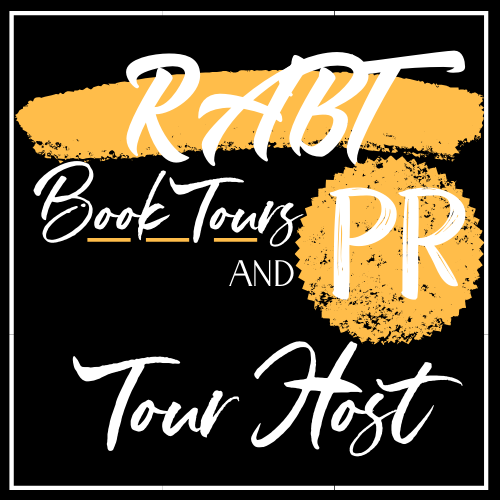










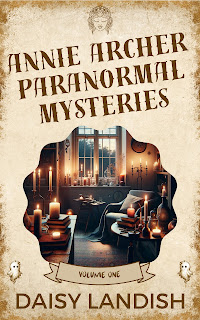

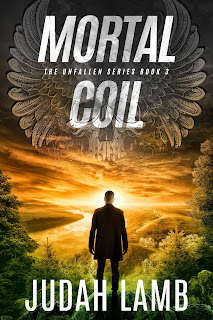









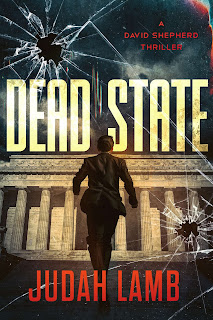

















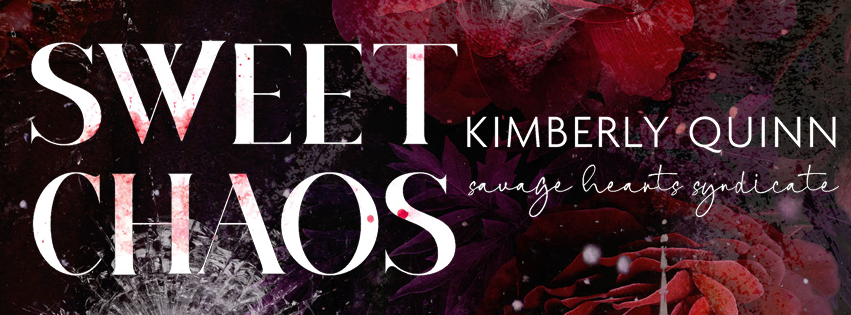



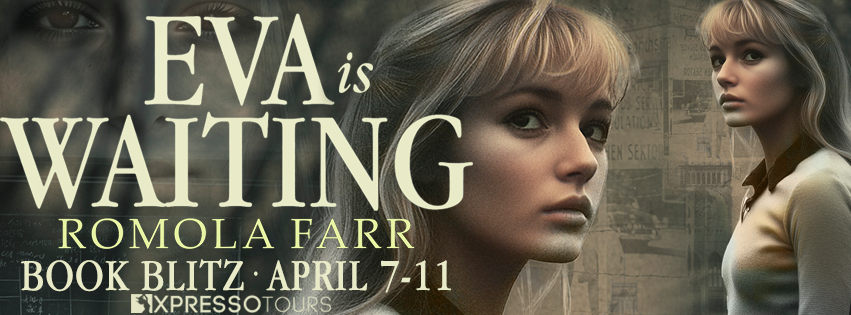





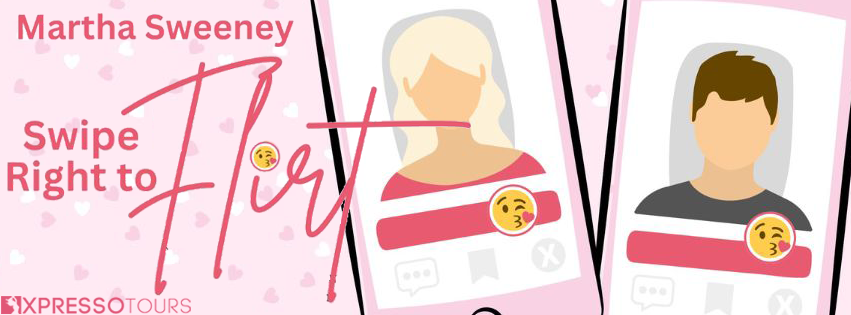














































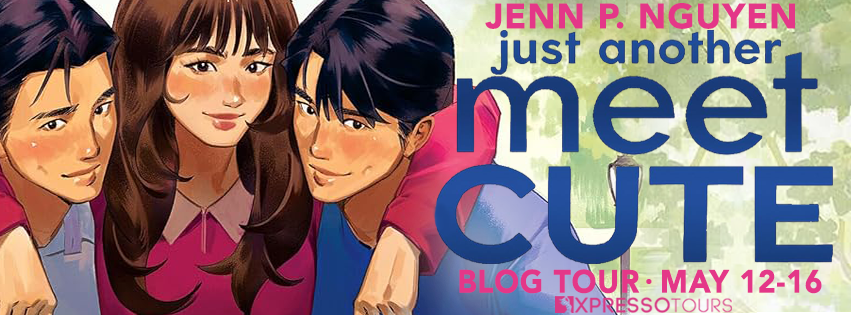




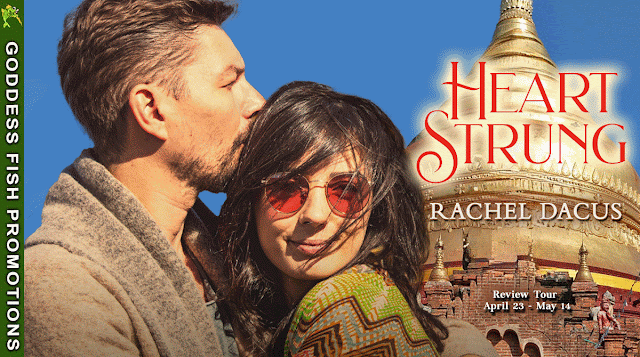











1 comments:
Thank you for hosting!
Post a Comment